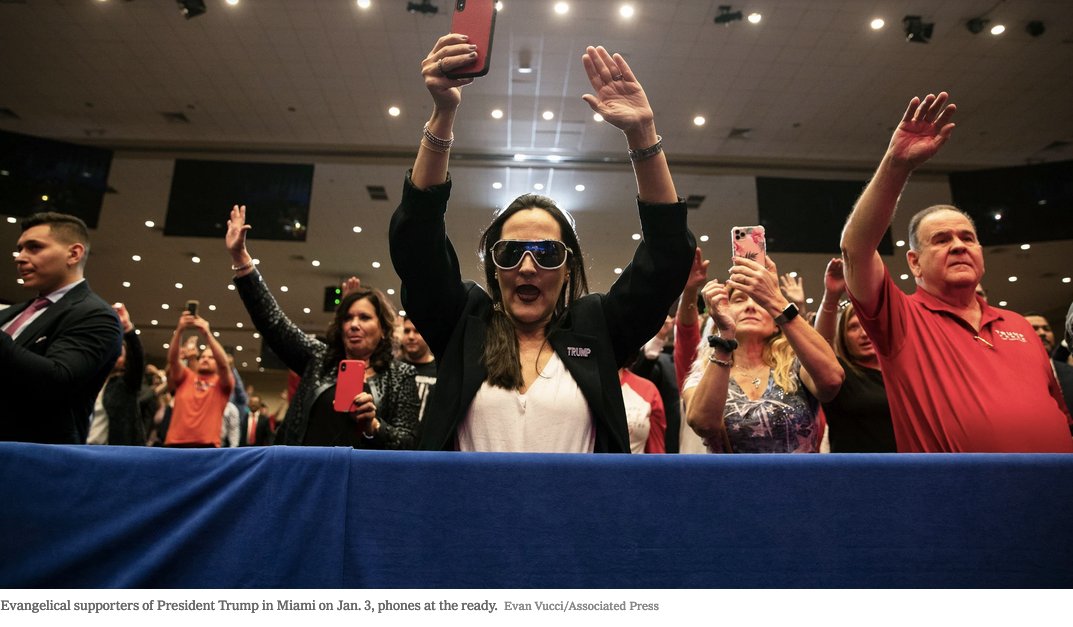In a blog post published in November, a year before the 2020 election, Brian Burch, the president of CatholicVote.org, a socially conservative advocacy group, announced that in Wisconsin alone his organization had identified 199,241 Catholics “who’ve been to church at least 3 times in the last 90 days.”
Nearly half of these religiously observant parishioners, Burch wrote, “91,373 mass-attending Catholics — are not even registered to vote!” CatholicVote.org is looking for potential Trump voters within this large, untapped reservoir — Republican-leaning white Catholics who could bolster Trump’s numbers in a battleground state.
Burch, whose organization opposes abortion and gay marriage, made his plans clear:
We are already building the largest Catholic voter mobilization program ever. And no, that’s not an exaggeration. Our plan spans at least 7 states (and growing), and includes millions of Catholic voters.
How did Catholic Vote come up with these particular church attendance numbers for 199,241 Catholics? With geofencing, a technology that creates a virtual geographic boundary, enabling software to trigger a response when a cellphone enters or leaves a particular area — a church, for example, or a stadium, a school or an entire town.
Geofencing is just one of the new tools of digital campaigning, a largely unregulated field of political combat in which voters have little or no idea of how they are being manipulated, in which traditional disclosure requirements are inoperative and key actors are anonymous. It is a weapon of choice. Once an area is geofenced, commercial data companies can acquire the mobile phone ID numbers of those within the boundary.




